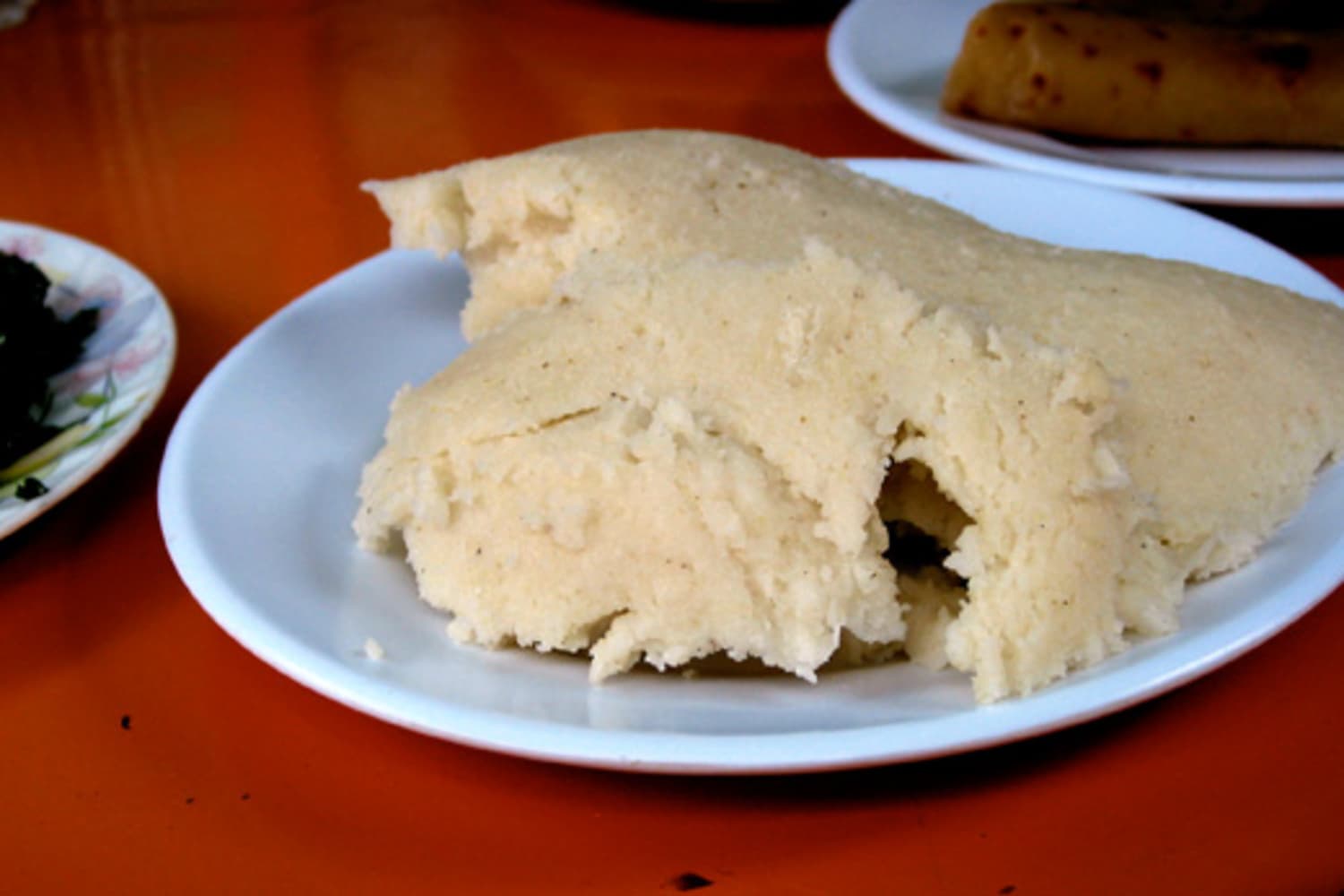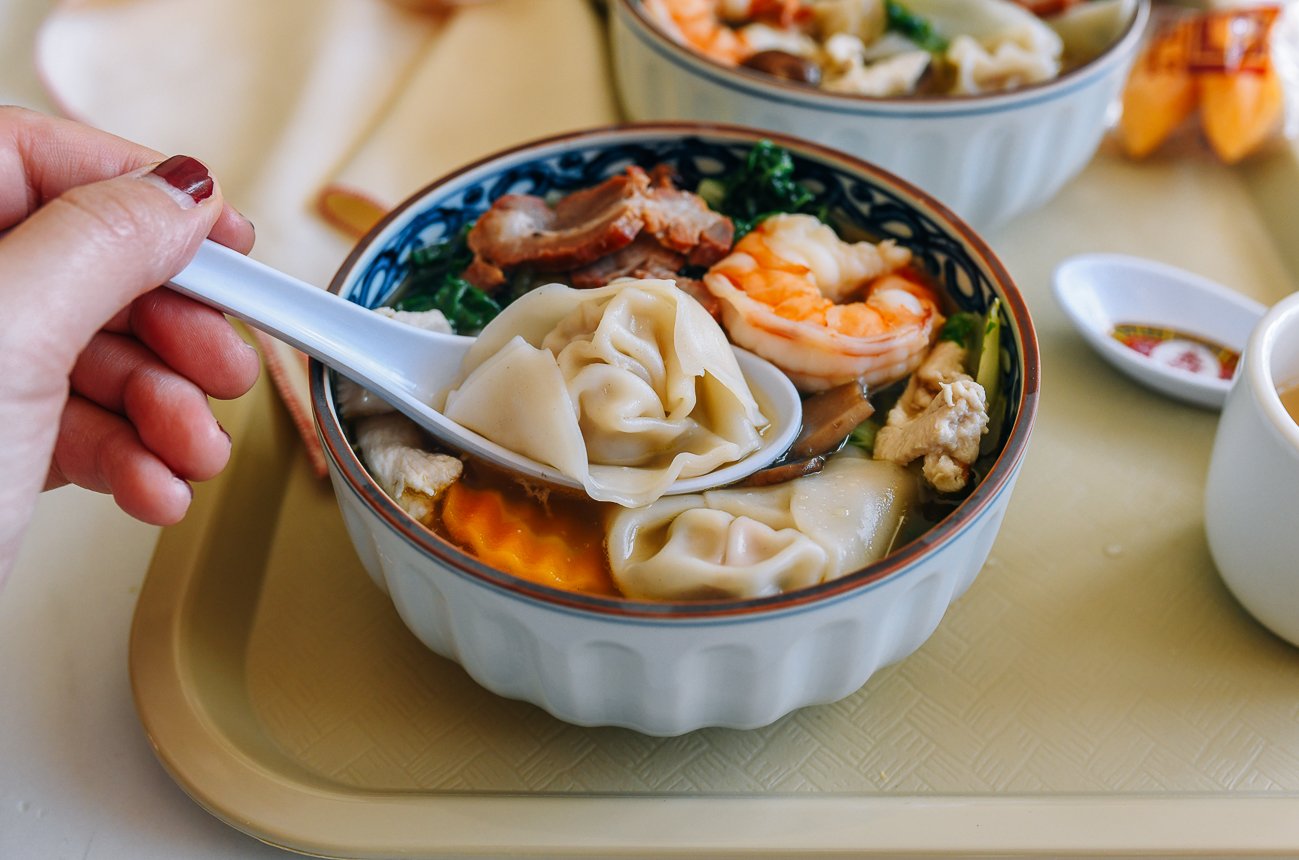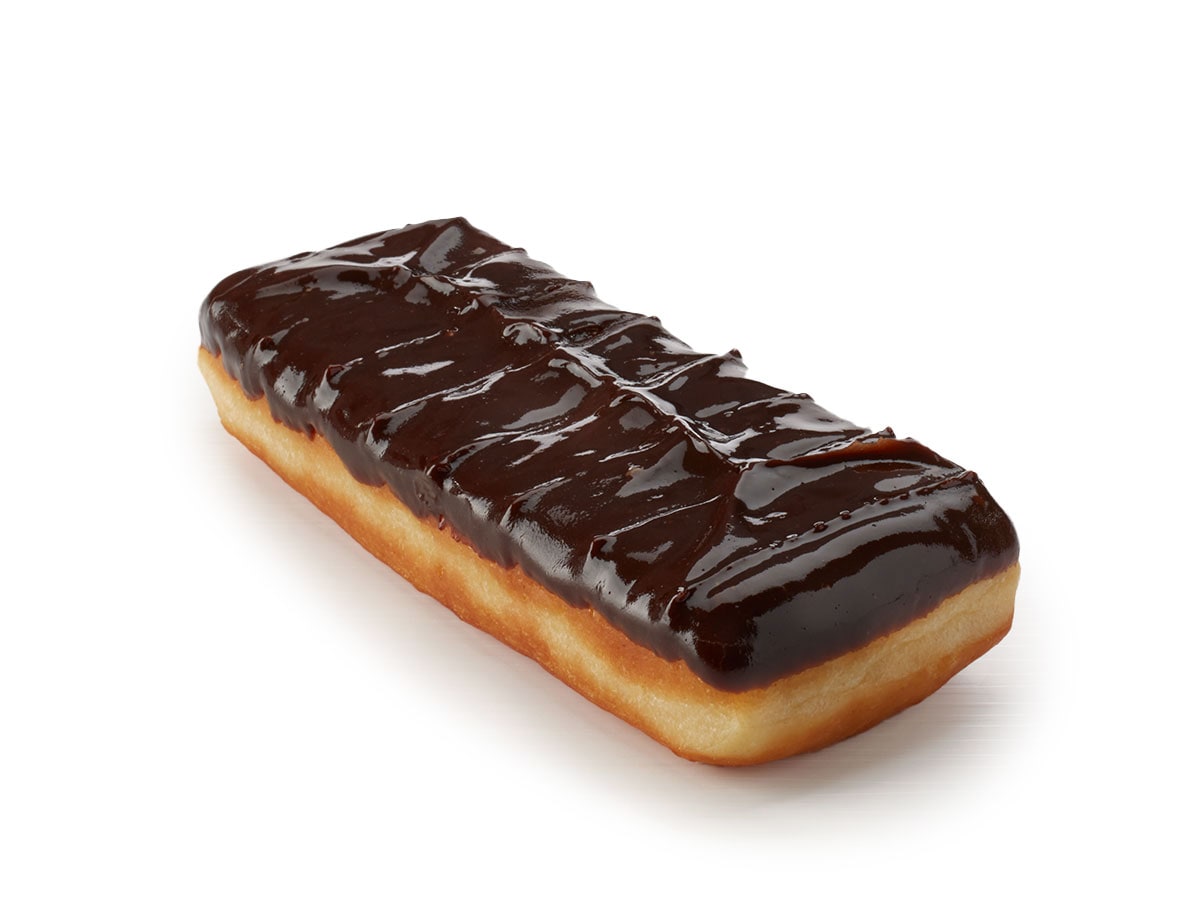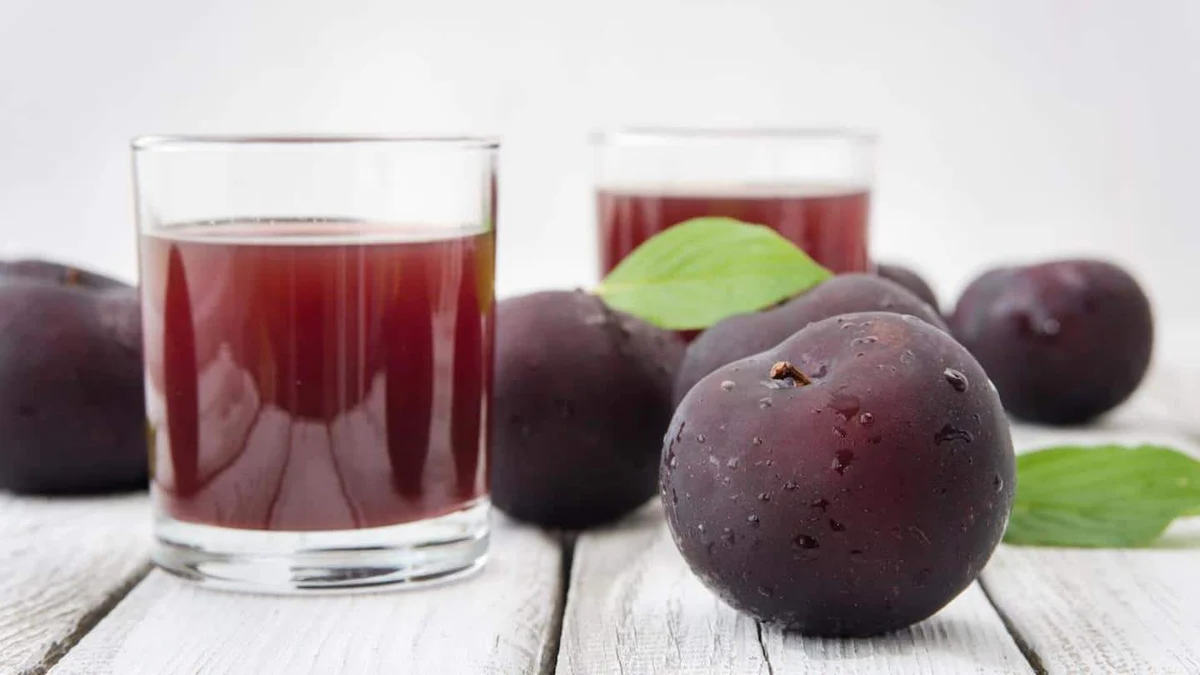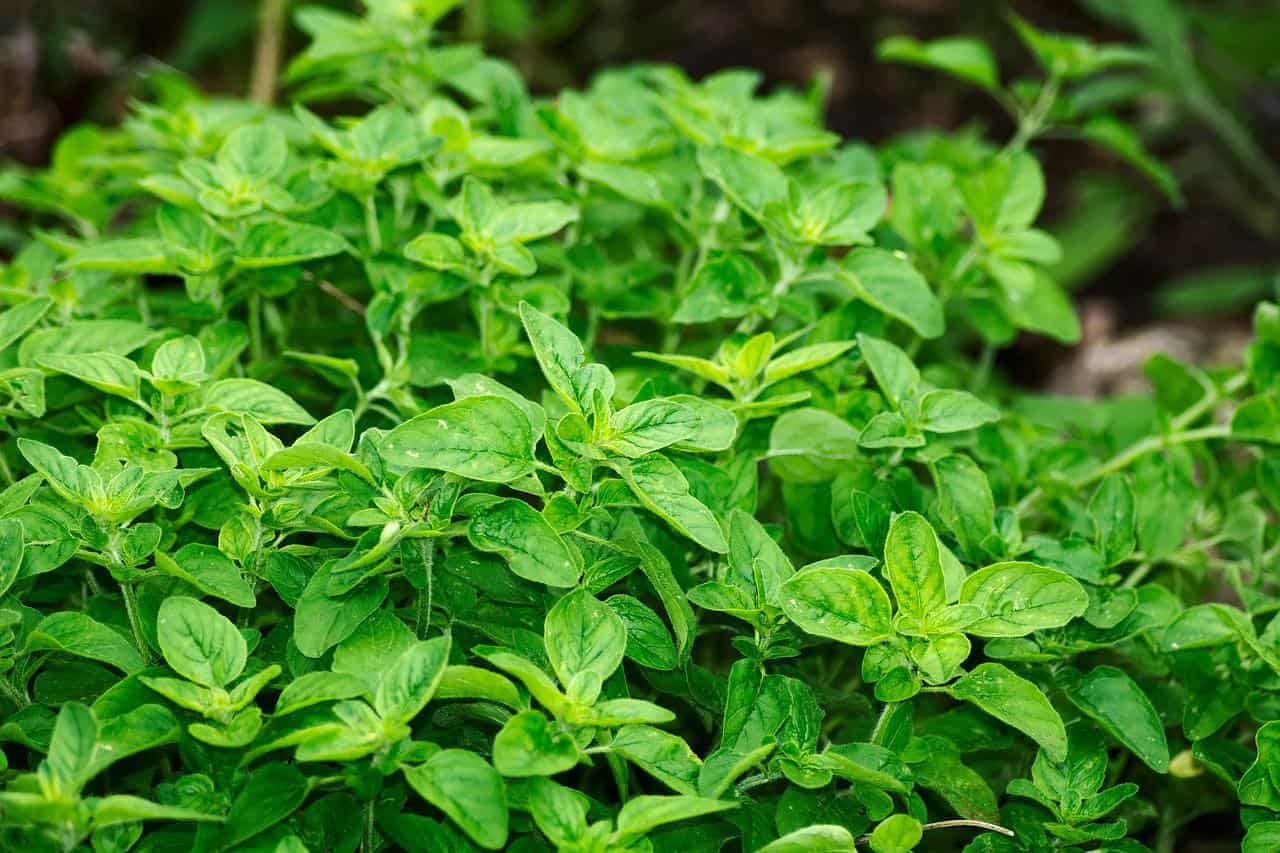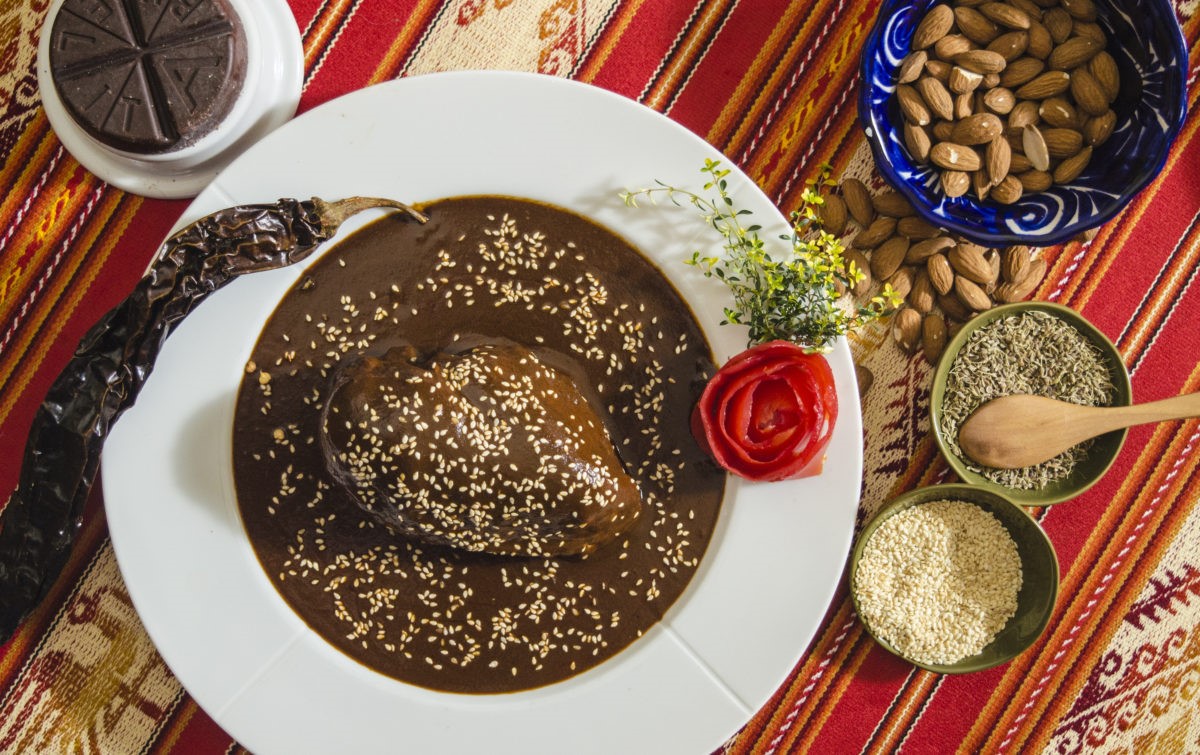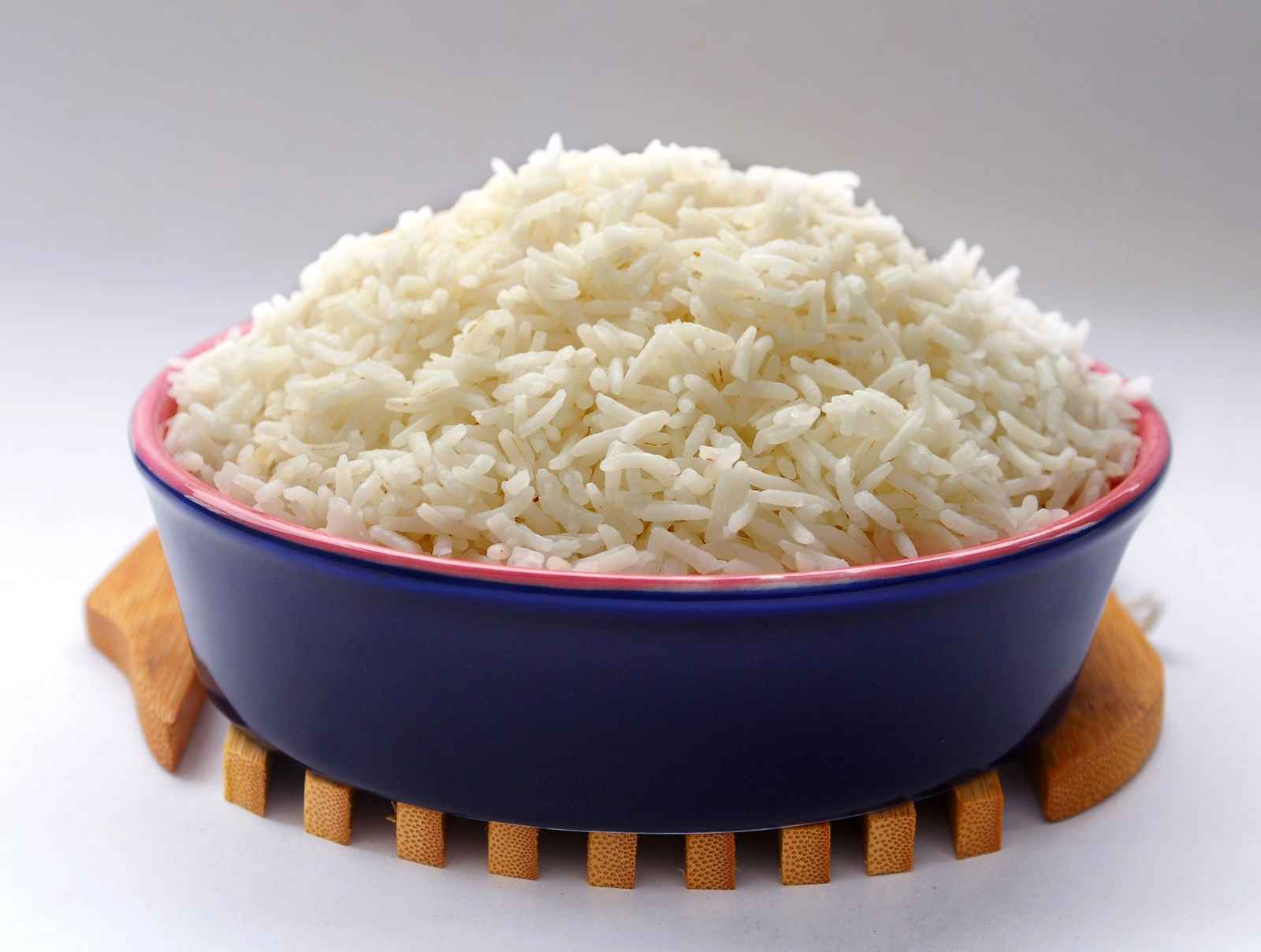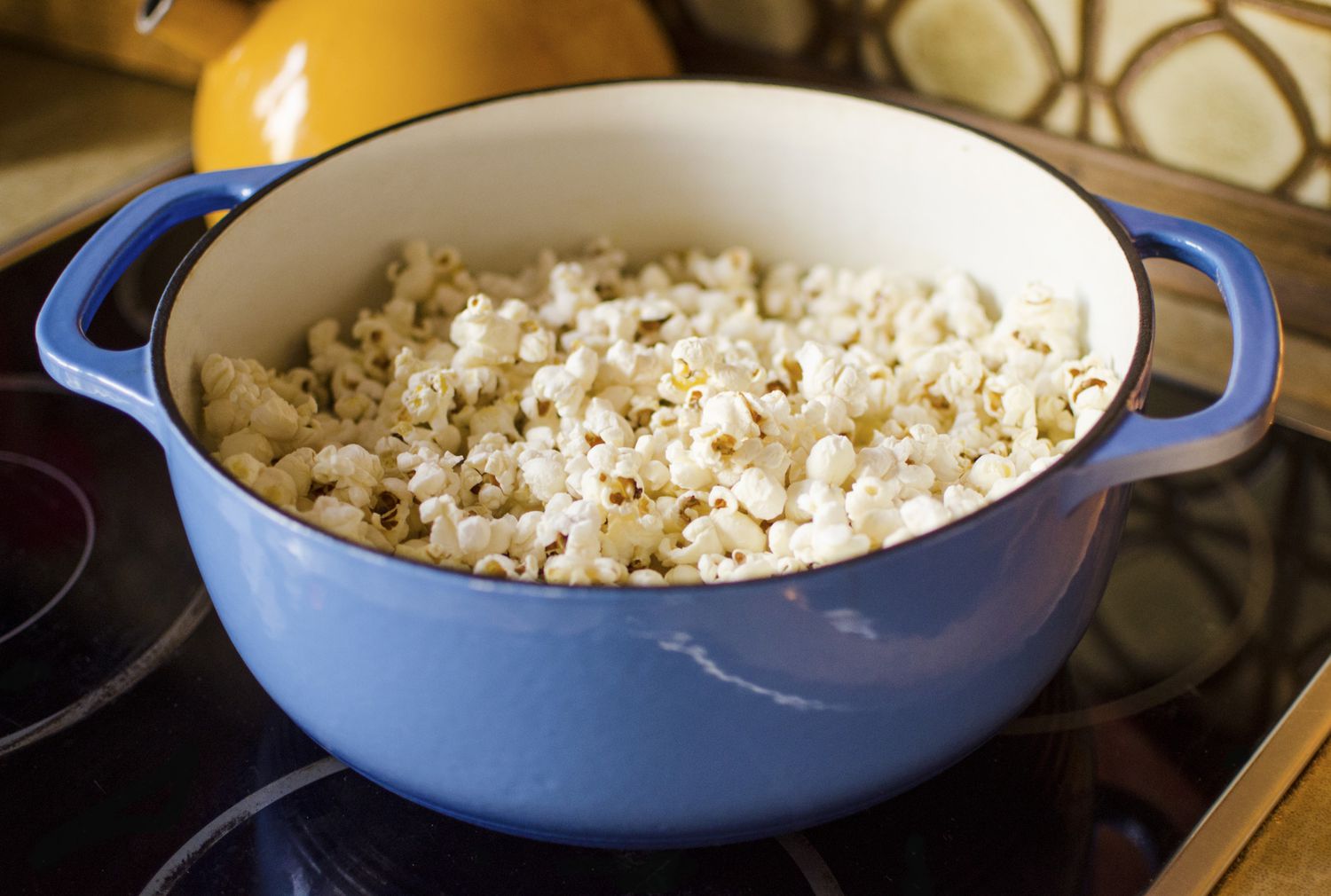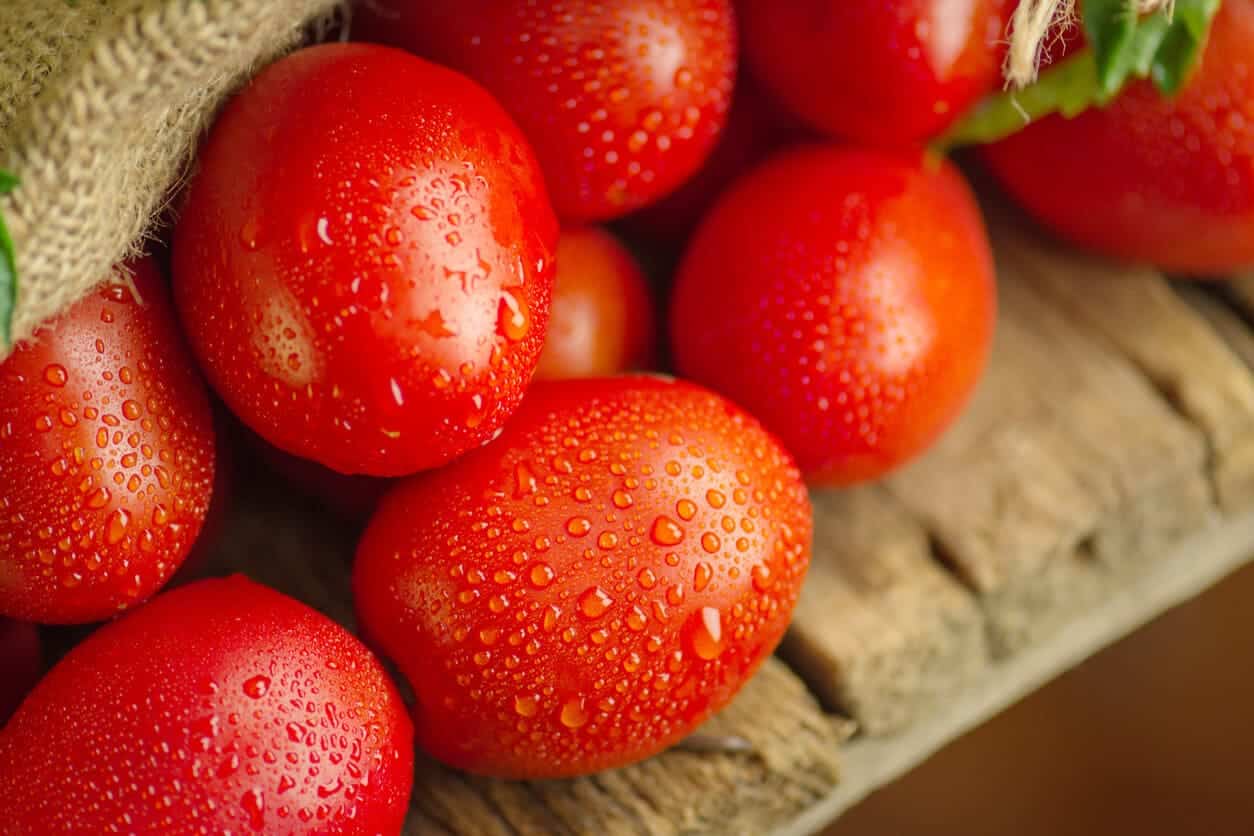Understanding the Outer Layer of Mochi
When it comes to Japanese cuisine, mochi is a popular and beloved treat. This delightful confection is made from glutinous rice that has been pounded into a sticky, chewy texture. However, one of the most intriguing aspects of mochi is its outer layer. What exactly is the outside of mochi made of? Let’s delve into this fascinating question and uncover the secrets behind this delectable delicacy.
The Ingredients
The outer layer of mochi is typically made from a special type of rice flour known as shiratamako. This flour is made from short-grain japonica glutinous rice, which is finely ground to create a smooth and silky texture. In some cases, mochiko (also known as sweet rice flour) may be used as a substitute for shiratamako. Both of these flours are essential for creating the distinctive outer layer of mochi.
The Preparation Process
Creating the outer layer of mochi involves a traditional method that requires precision and skill. The process begins by mixing the shiratamako or mochiko with water to form a dough. This dough is then steamed to achieve the desired consistency. Once the dough is cooked, it is kneaded and shaped into small, round balls, which are then flattened to create the outer layer of the mochi.
The Role of Sweetness
While the primary purpose of the outer layer is to encase the delectable filling inside the mochi, it also plays a crucial role in providing a touch of sweetness. The addition of sugar to the shiratamako or mochiko dough enhances the flavor and adds a hint of sweetness to complement the filling. This balance of textures and flavors is what makes mochi such a delightful and satisfying treat.
Variations and Flavors
While the classic outer layer of mochi is made from shiratamako or mochiko, there are also variations that incorporate different ingredients to create unique flavors and textures. For example, some mochi may feature a dusting of kinako (roasted soybean flour) on the outer layer, adding a nutty and aromatic element to the overall taste. Additionally, modern twists on traditional mochi recipes may include colorful and flavored outer layers to appeal to a wider range of palates.
Conclusion
So, what is the outside of mochi made of? The outer layer of mochi is a carefully crafted mixture of shiratamako or mochiko, water, and sugar, skillfully prepared to achieve its signature chewy and slightly sweet texture. Whether enjoyed on its own or filled with a variety of delectable fillings, the outer layer of mochi adds a delightful dimension to this beloved Japanese treat.
Next time you bite into a piece of mochi, take a moment to appreciate the artistry and craftsmanship that goes into creating its outer layer, and savor the unique combination of flavors and textures that make mochi a truly special indulgence.
Was this page helpful?
Read Next: What Is McDonald’s Ice Cream
